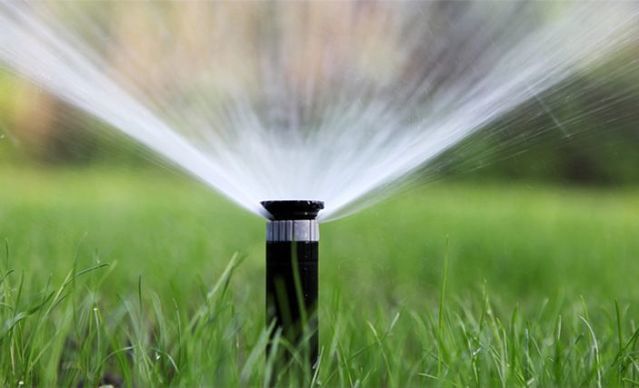Mastering Lawn Watering: The Dos and Don'ts
Date: 27 Oct 2023
Watering your lawn might seem like a straightforward task, but the truth is, it's more of an art than you might think. Proper lawn watering can be the difference between a thriving, lush carpet of green and a struggling, unhealthy lawn. In this guide, we'll delve into the dos and don'ts of watering your lawn to help you become a lawn-watering maestro.
Don't Water at Night
While it's common wisdom to water gardens during the early morning or late evening to minimize water loss due to evaporation and maximize moisture absorption by plant roots, this advice doesn't necessarily apply to your lawn. In fact, watering your grass at night can lead to some frustrating problems.
Firstly, nighttime watering can disrupt the natural transpiration process of plants. This process helps plants absorb moisture and regulate their temperature. During the day, plants draw water up through their roots and release it from their leaves. When you water your lawn at night, the leaf pores don't open, as it's not daytime. As a result, moisture can accumulate on the grass, making it susceptible to rot and diseases.
Furthermore, extended wetness can create an ideal environment for the growth of fungi and bacteria. Your lawn, if constantly damp, can turn into a breeding ground for these microorganisms. The outcome might be the emergence of unsightly brown patches and various other issues.
The Dos of Lawn WateringNow that we've covered what not to do, let's explore some of the dos of lawn watering:
Water Early in the Day: To ensure your lawn gets the most out of its drink, it's best to water in the early morning, ideally between 6 AM and 10 AM. This gives the grass ample time to dry before evening, reducing the risk of diseases and fungal growth.
Deep and Infrequent Watering: Instead of frequent shallow watering, aim for deep and infrequent watering sessions. This encourages the development of deep, robust root systems that are better equipped to withstand dry periods.
Use the Right Amount: It's essential to find the right balance when it comes to the amount of water. You want to provide enough moisture to penetrate the root zone without causing excessive runoff.
Invest in a Timer or Sprinkler System: To make your lawn watering routine more convenient and consistent, consider investing in a timer or an automatic sprinkler system. These tools can help ensure your lawn receives water at the optimal times and amounts.
Observe and Adjust: Keep an eye on your lawn's condition. If you see signs of drought stress, like wilting or a bluish-gray tint, it's time to water. Conversely, if the lawn feels squishy or you notice signs of overwatering, reduce the frequency of watering.
Watering your lawn is indeed a crucial aspect of lawn care, and it's not as simple as just giving it a drink when it appears thirsty. By avoiding nighttime watering and following the dos we've outlined, you can help your lawn thrive, maintaining its health and vibrancy while minimizing the risk of diseases and fungal issues. With a little care and attention, you can enjoy a beautiful, green lawn that enhances your outdoor space.
Back...
